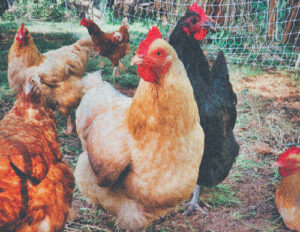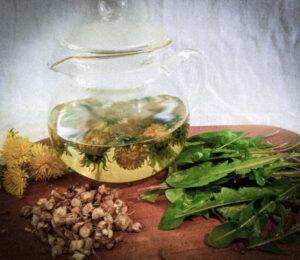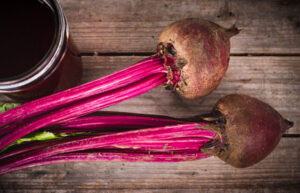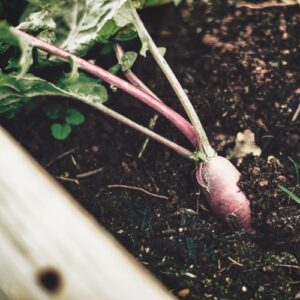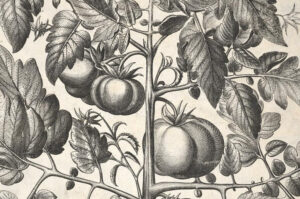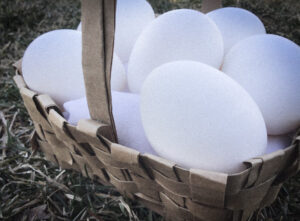
Springtime Risotto
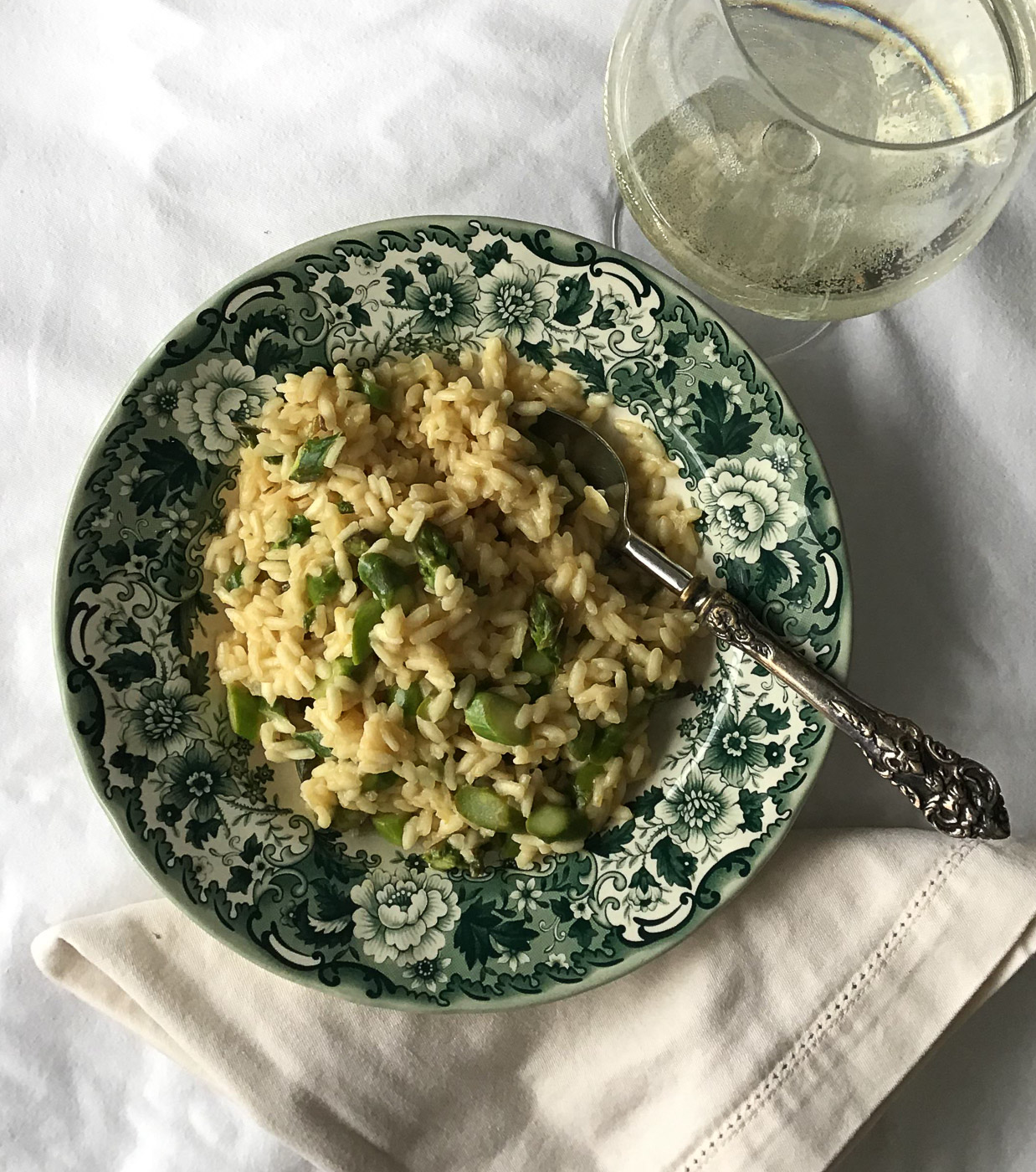

If you’ve never made risotto, do not be intimidated. It will not take much effort, and what effort it takes will be worthwhile. For some reason, risotto has come to be thought of as a laborious dish, but this is silly — most purportedly “easy” dinners still require at least twenty to thirty minutes, start to finish. Your investment in risotto will not exceed that. It’s just a little sautéing, a little simmering, a splash of this, a dash of that. (Perhaps two dashes of “that” — suit to taste.)
The dish is wonderfully versatile and can be readily tailored to any season, depending on the produce at hand. In this rendering, we have added lemon and asparagus to the creamy rice — thus, it combines the warmth of a cool-weather comfort food with one of the first fresh vegetables available in early spring. In addition to asparagus, you can incorporate snap peas, snow peas, arugula, Swiss chard, and other early crops as they become available through the course of the spring, noting that cooking times for different vegetables will vary.
For additional swoon-factor, add seared scallops on top.
Springtime Risotto


Serves four.
Ingredients:
5 tablespoons butter, divided
1 small yellow onion, finely chopped
1 1/2 cups Arborio rice
5 cups good chicken broth, preferably homemade
1/2 cup dry white wine, such as Sauvignon Blanc or Chardonnay
1 1/2 pounds asparagus, ends snapped off and cut diagonally into 1/4 inch pieces (or other fresh spring vegetables)
1 lemon, zested and then sliced in half and juiced
1/2 cup freshly grated Parmesan cheese
Kosher salt to taste
8 Sea Scallops (optional)
Melt 4 tablespoons butter in a shallow 2 1/2 to 3 quart saucepan over medium heat. Add the onions and sauté until translucent, 5-10 minutes. Add the rice, coating in butter and stirring frequently for approximately 4 minutes. Do not brown. (At the same time, bring the chicken broth to a boil in a separate pot. Once boiling, turn heat off.) Add the lemon zest to the rice, stir and add the white wine. Continue to stir and cook until the wine is absorbed. Add 1 cup of the hot chicken broth. Allow to cook at a brisk simmer, stirring occasionally and watching for the rice to thicken. Once thickened, add another 1/2 cup of the hot broth. Check for salt.
Allow rice to thicken again, stirring occasionally. Add another 1/2 cup of broth. Repeat until all the broth has been used, never allowing the rice to dry out in the pan. The asparagus should be added approximately 12 minutes into this process.
At the very end of cooking, add half of the lemon juice, 1 tablespoon of butter and the Parmesan cheese. Stir briskly for a minute or so. Taste and adjust accordingly, adding more salt and/or lemon juice if desired. Remove from heat and allow risotto to sit for two minutes before serving hot. If the risotto gets too thick while sitting, add a dash of more of broth or water.
The risotto is done when all of the liquid has been incorporated and absorbed, the asparagus is tender, and the rice is tender yet firm — al dente if you like. The total cook time should be 20 – 30 minutes.
To sear scallops: Be sure to use sea scallops, which are larger than bay scallops and thus better for searing. Thaw (if frozen) and remove small rectangle-shaped side muscles (if present). Rinse thoroughly, pat dry, and season generously with kosher salt and pepper. Heat a tablespoon of avocado (or other high-smoke-point) oil on medium heat. Sear the scallops for about 2-3 minutes on each side, shaking the pan from time to time to make sure all surfaces of scallops come in contact with the pan. When done, the sides should be golden brown and entirely opaque, not translucent.A





